-
Welcome to Tacoma World!
You are currently viewing as a guest! To get full-access, you need to register for a FREE account.
As a registered member, you’ll be able to:- Participate in all Tacoma discussion topics
- Communicate privately with other Tacoma owners from around the world
- Post your own photos in our Members Gallery
- Access all special features of the site
AdventureTaco - turbodb's build and adventures
Discussion in '1st Gen. Builds (1995-2004)' started by turbodb, Apr 4, 2017.
Page 211 of 261
Page 211 of 261


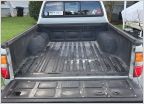 Silver 2004 DC w/305K getting some love...a Taco story
Silver 2004 DC w/305K getting some love...a Taco story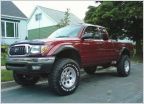 Snowman's 2004 4x4 Build
Snowman's 2004 4x4 Build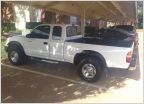 The Life and Times of Lola
The Life and Times of Lola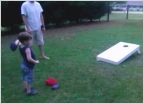 W00dy's 2003 DoubleCab aka The driveway queen
W00dy's 2003 DoubleCab aka The driveway queen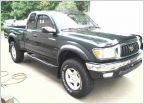 Greegun green and gunmetal DD Build
Greegun green and gunmetal DD Build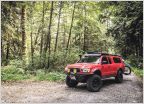 NWXPDTN - 04 TRD 4x4 XCab
NWXPDTN - 04 TRD 4x4 XCab
































